Client Feedback: The Key to Refining and Perfecting Your Logo Design

Client feedback is an indispensable part of the logo design process, serving as the bridge between a designer’s vision and the client's brand identity aspirations. Engaging actively with client feedback not only ensures that the logo resonates well with the target audience but also enhances its alignment with the brand's core values. This collaboration between the client and the designer helps in crafting a logo that is not just visually appealing but also strategically sound.
Incorporating feedback effectively requires a systematic approach where both parties understand the importance of communication and clarity. It allows designers to iterate their concepts based on specific insights and suggestions from the client, refining the logo to better meet the business’s needs. Through this iterative process, designers are not only able to perfect the visual representation of the brand but also build a robust relationship with the client, ensuring mutual satisfaction. Thus, client feedback is not just a step in the design process; it is the cornerstone of creating a successful logo that truly represents a brand.
Understanding Client Vision and Goals
Understanding the client's vision and goals is fundamental in the realm of logo design, where client feedback plays a pivotal role. The initial phase of any logo design process involves thorough discussions to grasp what the client envisions their brand to represent. This understanding is crucial as it sets the direction for the design efforts. A designer must ask targeted questions that uncover the deeper aspects of a brand’s identity, such as the brand’s mission, the values it upholds, and the audience it aims to attract.
Feedback gathered during these conversations helps designers create logos that are not only visually appealing but also embody the essence of the brand. It's vital for designers to interpret this feedback accurately and reflect it in their design drafts. By doing so, they ensure that the logo aligns with the client’s expectations and goals, thereby enhancing the brand's market positioning.
Effective communication during this phase also sets the stage for a smooth design process, minimizing the likelihood of misalignment and the need for numerous revisions. This proactive engagement helps in crafting a logo that truly resonates with the client’s strategic objectives, ensuring that the final design effectively communicates the brand’s intended message.
Iterative Process
The iterative process in logo design, enriched by ongoing client feedback, is essential for refining and perfecting the logo. This method involves presenting initial design concepts to the client, receiving their input, and then revising the designs accordingly. Each iteration aims to move closer to a design that meets all of the client's requirements and expectations.
Client feedback during each iteration provides invaluable insights into what works and what doesn’t from the client's perspective. It allows the designer to fine-tune elements such as colors, fonts, and symbols to better convey the brand’s identity. This feedback loop is crucial as it ensures that the logo evolves in a direction that is increasingly aligned with the client’s vision.
Moreover, the iterative process fosters a collaborative environment where the client is actively involved in the creative journey. This collaboration not only improves the design outcome but also ensures client satisfaction with the final logo. Each round of feedback and revision teaches the designer more about the client’s preferences and style, which is instrumental in achieving a design that effectively represents the brand.
Enhancing Creativity
Client feedback is a powerful catalyst for enhancing creativity in logo design. By engaging with diverse perspectives and ideas from clients, designers can push the boundaries of their creative expression. Feedback provides fresh insights and challenges designers to think outside the box, leading to more innovative and effective design solutions.
This dynamic interaction helps designers to explore new concepts or revisit existing ones with a renewed focus. For instance, a client's comment on a particular design element can inspire the designer to experiment with unconventional color schemes or typography that they might not have considered initially. This can lead to a unique logo that stands out in the competitive market.
Moreover, the iterative nature of receiving and incorporating feedback encourages designers to continuously refine their ideas, which can lead to a deeper creative exploration. Each iteration is an opportunity to sculpt the logo more precisely, enhancing its ability to communicate the brand’s message effectively.
Ultimately, client feedback does not restrict creativity; rather, it steers creativity towards a more targeted and client-centric design. This collaborative process ensures that the final logo not only captures the essence of the client’s brand but also is a creative representation that resonates with the target audience.

Avoiding Miscommunication
Effective use of client feedback is essential in avoiding miscommunication in logo design. Clear communication channels between the client and the designer help ensure that the logo accurately reflects the brand’s intended message and identity. This is critical, as misunderstandings can lead to a design that misses the mark, requiring costly and time-consuming revisions.
To prevent such scenarios, designers should encourage an open line of communication from the outset. Detailed discussions about the client’s expectations, preferences, and brand values are crucial. These conversations should be documented meticulously to serve as a reference throughout the design process.
Additionally, presenting multiple design concepts and incorporating descriptive rationales for each choice can help clarify intentions and foster better understanding. This approach allows clients to see the thought process behind the designs and provide more focused feedback.
Receiving specific and constructive feedback from the client at each stage of the design process also minimizes the risk of miscommunication. It allows designers to make precise adjustments that align with the client's vision, rather than making broad, sweeping changes that may not be necessary.
Building Client Relationships
Building strong client relationships is a crucial aspect of the logo design process, where client feedback acts as a key facilitator. Effective communication and the exchange of feedback not only help in achieving a successful design but also in establishing trust and rapport between the client and the designer. This trust is essential for creating a collaborative environment where clients feel comfortable sharing their true preferences and concerns.
By actively soliciting feedback and showing a genuine interest in their input, designers can demonstrate their commitment to the client’s vision. This approach reassures clients that their opinions are valued and that they are integral to the creative process. Regular updates and discussions about the design progress further enhance this relationship, as they keep clients engaged and informed.
Moreover, handling feedback professionally and constructively can strengthen client confidence in the designer’s expertise and reliability. Responsive and thoughtful engagement with client suggestions shows adaptability and dedication to client satisfaction, which are highly appreciated qualities.
Clarifying Expectations
Clarifying expectations through client feedback is essential in the logo design process. It ensures that both the designer and the client have a clear understanding of the project's scope, objectives, and deliverables. This clarity is vital for aligning the design outcomes with the client’s needs and avoiding potential conflicts or misunderstandings.
From the outset, designers should engage clients in detailed discussions about their brand, target audience, and what they hope to communicate through their logo. This conversation should establish a foundation for the design brief, which guides the entire project. Effective use of feedback mechanisms, such as questionnaires or interviews, can help gather comprehensive information that clarifies these expectations.
As the project progresses, it is important for designers to present their ideas and interpretations of the feedback received. This not only showcases their creative direction but also opens up a dialogue for further refinement. Each design iteration should be accompanied by a clear explanation of how client feedback has been incorporated and how it aligns with the set objectives.
Ensuring Satisfaction
Ensuring client satisfaction in logo design heavily relies on effectively managing and incorporating client feedback throughout the design process. Satisfaction stems from a feeling of being heard and seeing one's ideas and preferences reflected in the final product. For designers, this means not only listening to what the client says but also understanding the underlying expectations and translating them into the design.
The key to achieving this is through active engagement and regular check-ins with the client to review progress. Each presentation of the logo concepts should be an opportunity to gather feedback and gauge client reactions. This iterative feedback loop allows designers to refine the logo incrementally, ensuring that each revision is more aligned with the client’s vision.
Clear communication about the implications of feedback and how it shapes the design decisions is crucial. This transparency helps manage expectations and build trust, as clients see their input being valued and acted upon. Additionally, providing professional guidance on best practices in design can help clients make informed decisions that enhance the effectiveness of their logo.

Adapting to Changes
Adapting to changes is a critical aspect of the logo design process, particularly in a fast-paced business environment where client needs and market dynamics can evolve rapidly. Effective use of client feedback is instrumental in navigating these changes and ensuring that the logo remains relevant and impactful.
Clients may have shifts in their marketing strategy, target audience, or overall brand direction that necessitate changes in the logo design. Staying responsive to such feedback and being flexible in the design approach are key to accommodating these changes. It requires a designer to be both proactive and reactive—anticipating potential shifts and responding efficiently when they occur.
This adaptability can be facilitated by setting up a structured feedback mechanism that allows for ongoing communication. Regular intervals of feedback collection and review help keep the project aligned with the latest client needs and market trends. It also minimizes the risk of large-scale revisions at later stages, which can be costly and time-consuming.
Validating Choices
Validating design choices through client feedback is a critical step in the logo design process. It ensures that each element of the logo is not only aesthetically pleasing but also strategically effective and aligned with the client's brand identity. Client feedback acts as a checkpoint that affirms the designer’s decisions and can bring to light any aspects that may need further refinement.
During the design process, presenting clients with rationale behind color choices, typography, and symbol use helps in making the feedback sessions more productive. When clients understand the reasoning behind each design decision, their feedback becomes more focused and constructive. This validation process helps in fine-tuning the logo to better represent the brand’s values and goals.
Additionally, client input at this stage can help identify any disconnects between the perceived and intended message of the logo. This is crucial for avoiding costly misunderstandings or rebrands in the future. Validation through client feedback ensures that the logo will effectively communicate the intended message to the target audience, enhancing brand recognition and consistency.
Documenting Feedback for Future Reference
Documenting client feedback throughout the logo design process is an invaluable practice that benefits both the designer and the client. It creates a reference that can be revisited in future projects or phases of the brand's development. Documentation ensures that all feedback is captured accurately, providing a clear trail of how the design evolved in response to client inputs.
Effective documentation includes detailed notes on client comments, preferences, and revisions requested at each stage of the design process. These notes should be organized and accessible, often integrated into the project files for easy reference. This practice not only helps in maintaining continuity in a long-term project but also in revisiting past decisions when similar issues arise in future projects.
Moreover, documented feedback can serve as a learning tool for designers. Reviewing past projects and client inputs can provide insights into what strategies worked best, which can improve the designer’s approach in future projects. It also aids in resolving any discrepancies or misunderstandings that might occur if the project were to be handed over to another team member.
Conclusion
Client feedback is vital in the logo design process, serving as the cornerstone for refining and perfecting a logo that truly represents a brand’s identity. By fostering an environment of open communication, designers can harness feedback to enhance creativity, validate decisions, and ensure client satisfaction. The iterative nature of incorporating feedback not only improves the design but also strengthens client relationships, making it essential for successful outcomes. Remember, a well-designed logo developed through effective feedback can significantly impact a brand's perception and market success.
Let Us Know What You Think!
Every information you read here are written and curated by Kreafolk's team, carefully pieced together with our creative community in mind. Did you enjoy our contents? Leave a comment below and share your thoughts. Cheers to more creative articles and inspirations!




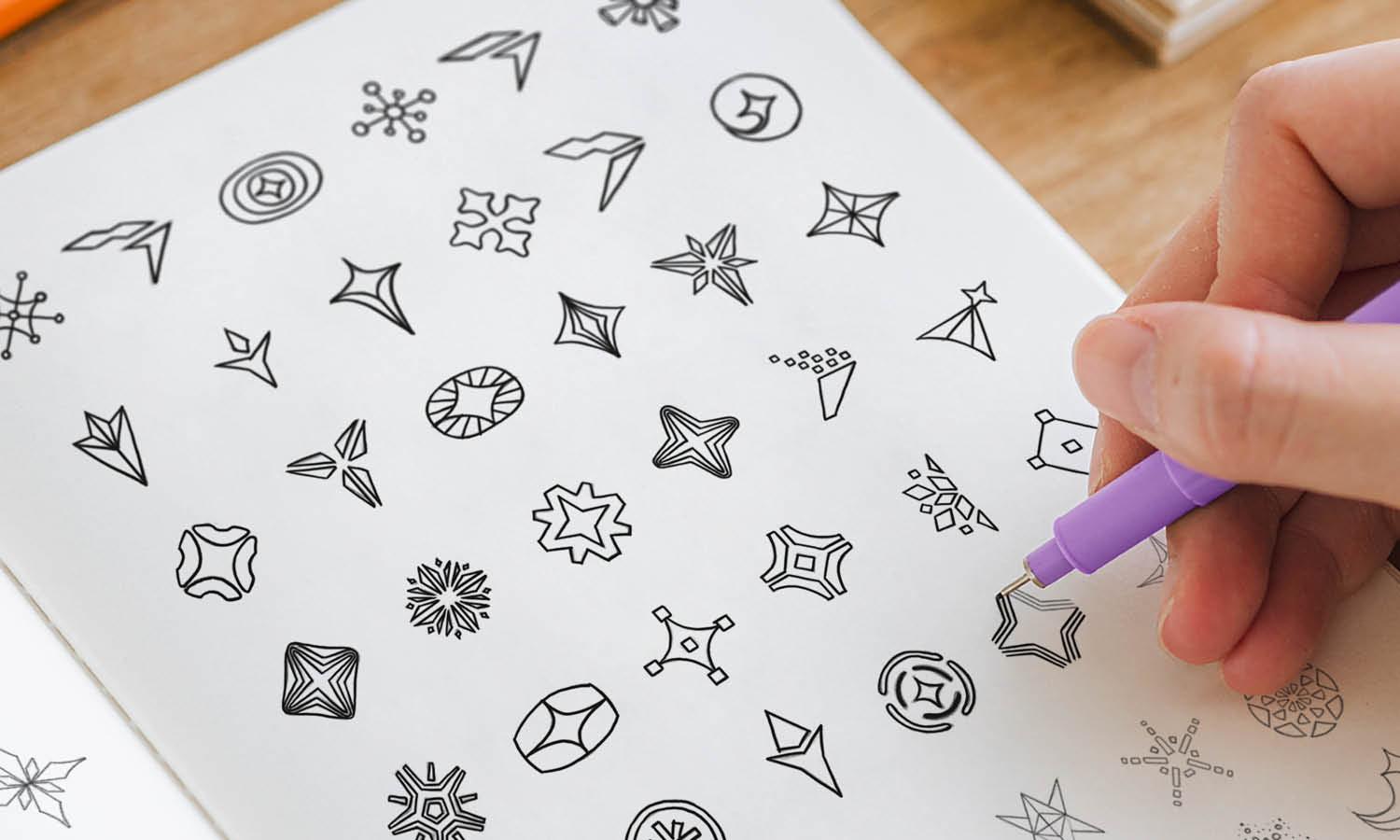
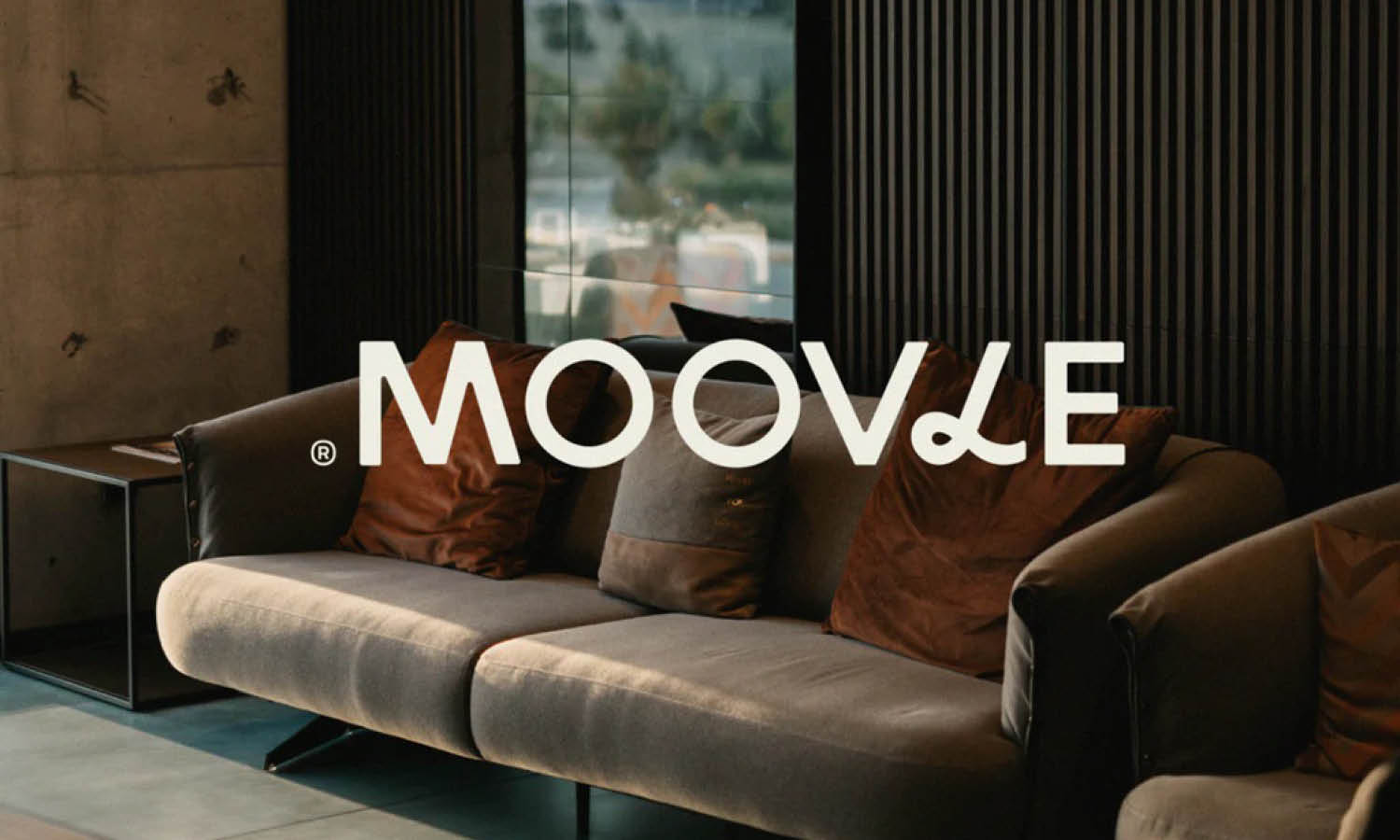
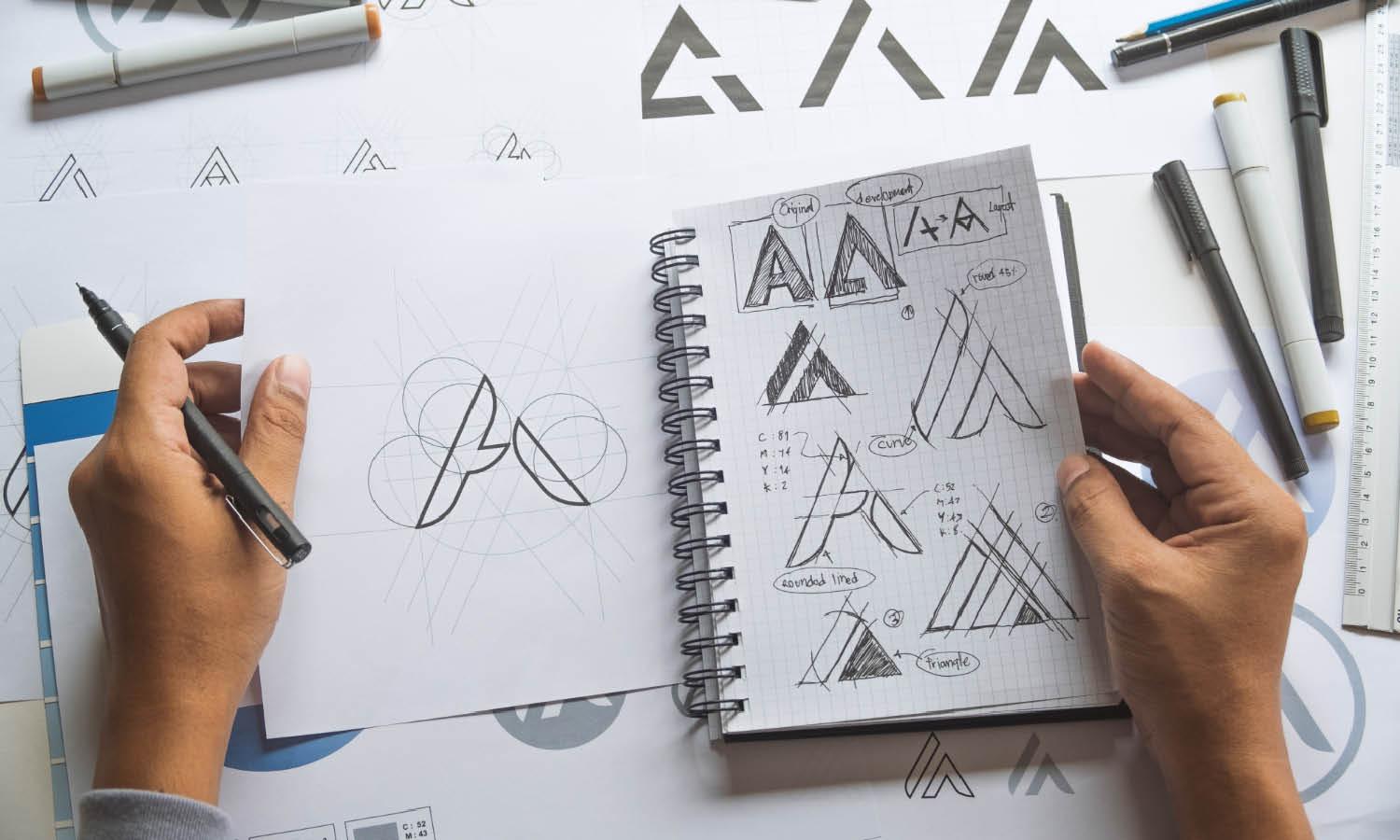
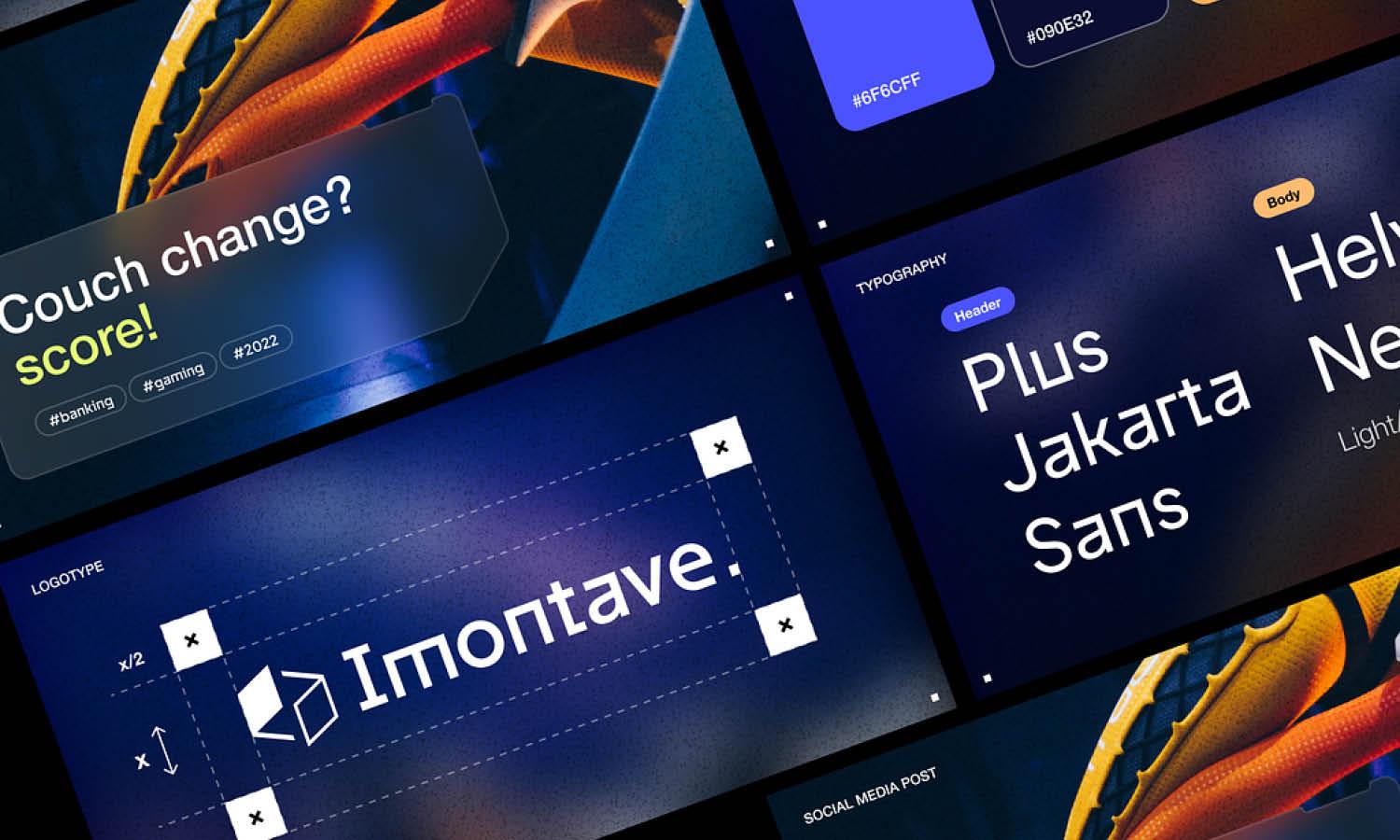
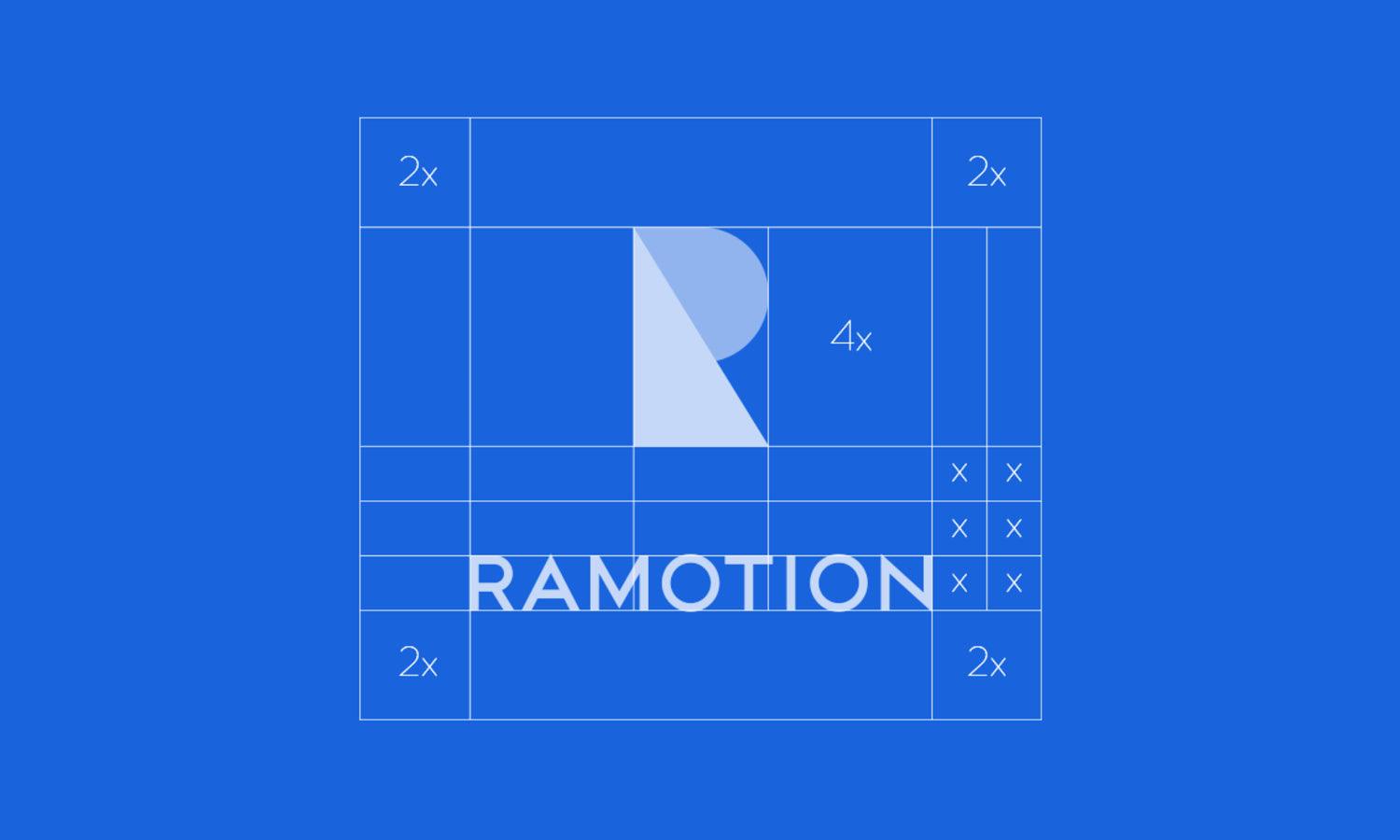







Leave a Comment